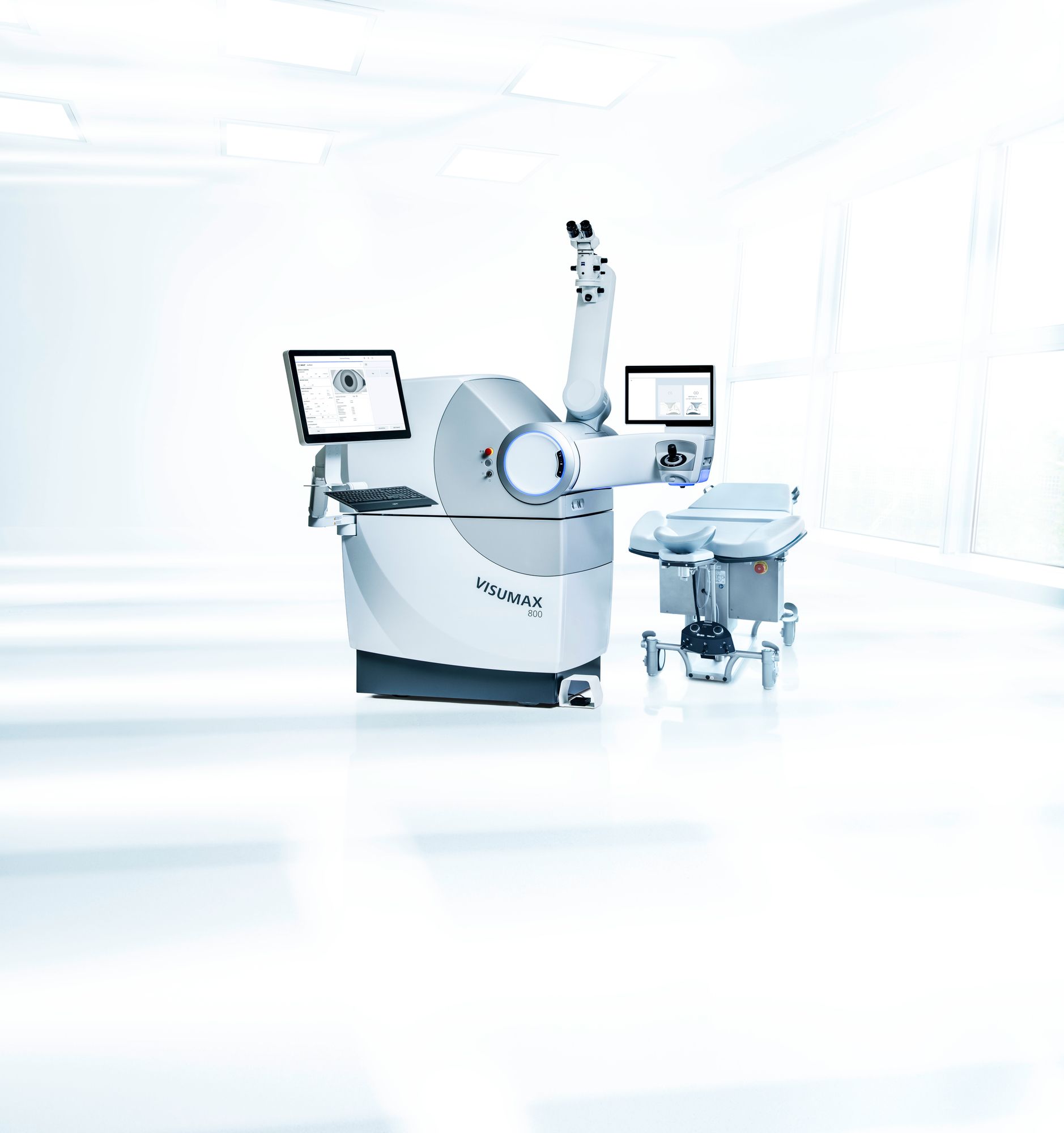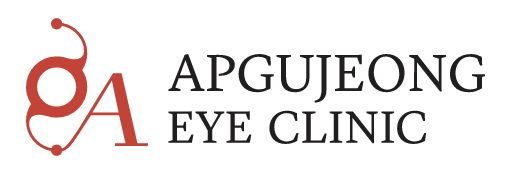What Is ICL Surgery? Complete Guide to Implantable Collamer Lens in Korea
What Is ICL Surgery? Complete Guide to Implantable Collamer Lens in Korea
ICL surgery, or Implantable Collamer Lens surgery, is one of Korea’s most advanced procedures for permanent vision correction. It is ideal for patients who cannot undergo LASIK or SMILE due to thin corneas, high myopia, or dry eyes. Unlike laser-based procedures that reshape the cornea, ICL involves implanting a thin, flexible lens inside the eye — preserving the natural corneal structure.
What Is ICL Surgery
ICL stands for Implantable Collamer Lens, a soft, biocompatible lens made of Collamer (a collagen-based material). The lens is implanted between the iris and the natural lens of the eye, functioning like a permanent contact lens that you never have to remove.
Unlike LASIK, no corneal tissue is cut or reshaped. This makes ICL an excellent option for patients with thin or irregular corneas, high degrees of myopia, or sensitivity to dry eyes.
Benefits of ICL Surgery
- ✅ Suitable for high myopia and astigmatism (up to -20.0 diopters)
- ✅ Reversible and removable if needed in the future
- ✅ No corneal tissue removal — maintains eye structure
- ✅ Quick recovery and immediate vision improvement
- ✅ Low dry-eye risk since corneal nerves remain untouched
- ✅ Provides sharp, high-definition vision clarity
Who Is a Good Candidate
You may be a good candidate for ICL surgery if you:
- Are over 21 years old with stable vision for at least one year
- Have moderate to high myopia or astigmatism
- Have thin or irregular corneas unsuitable for LASIK or SMILE
- Do not have cataracts, glaucoma, or chronic eye infections
- Want a reversible vision correction option
A detailed pre-operative exam will determine your eye’s anterior chamber depth, corneal thickness, and endothelial cell count to ensure ICL is safe for you.
Step-by-Step Procedure
Pre-Surgery
- Full eye examination and precise measurement for custom ICL lens fitting.
- Eye drops to dilate pupils and prevent infection.
- Numbing eye drops applied before the procedure.
During Surgery
- A small incision (about 2–3 mm) is made at the edge of the cornea.
- The folded ICL lens is inserted into the eye and positioned behind the iris.
- The lens unfolds naturally and sits securely in place.
- No sutures are usually required — the incision heals naturally.
Post-Surgery
- The entire procedure takes about 15–20 minutes per eye.
- Most patients notice clearer vision within 24 hours.
- Follow-up visits are scheduled to check healing, pressure, and lens position.
Recovery and Aftercare
- Vision improvement: noticeable within one day, stabilizes over 1–2 weeks
- Eye drops: use anti-inflammatory and antibiotic drops as directed
- Avoid: rubbing eyes, swimming, heavy exercise, or makeup for 1–2 weeks
- Follow-ups: typically at 1 day, 1 week, 1 month, and 3 months after surgery
- Wear sunglasses outdoors to protect against UV and glare during recovery
Patients usually resume work and daily activities within 2–3 days.
Cost of ICL Surgery in Korea
ICL surgery in Korea is competitively priced compared to other countries while maintaining world-class standards.
Average price range:
- Standard ICL (myopia only): ₩3,000,000 – ₩4,500,000 per eye
- Toric ICL (for astigmatism): ₩4,000,000 – ₩5,500,000 per eye
- Premium EVO+ ICL lenses: ₩5,000,000 – ₩6,000,000 per eye
Prices typically include:
- Comprehensive pre-surgery examination
- Custom lens design and import
- Surgeon and facility fees
- Postoperative care and follow-ups
Why Korea Is a Top Choice for ICL
- Advanced technology: Clinics in Seoul and Gangnam use the latest EVO Visian ICL systems.
- Experienced surgeons: Korean ophthalmologists perform thousands of successful ICL procedures annually.
- Transparent pricing: Clinics provide full cost breakdowns and package options.
- International support: English-speaking staff and aftercare for foreign patients.
- High safety standards: Detailed pre-op screening and precise surgical systems.
Korea’s ophthalmology sector has become a leader in vision correction due to its blend of advanced medical technology, experienced surgeons, and patient-focused care.
Potential Risks and Considerations
Like any surgical procedure, ICL comes with small but manageable risks:
- Temporary blurry vision or glare during healing
- Increase in intraocular pressure (rare)
- Cataract development (in older patients)
- Need for future lens exchange if vision changes significantly
With proper candidate selection and regular follow-ups, ICL remains one of the safest and most effective long-term solutions for clear vision.
Final Thoughts
ICL surgery offers a life-changing solution for people who cannot undergo LASIK or want a reversible, non-laser vision correction option. In Korea, the combination of cutting-edge technology, highly skilled surgeons, and comprehensive care makes it one of the best places in the world for ICL surgery.
If you’re seeking long-lasting, natural vision without glasses or contacts, scheduling a consultation at a reputable Seoul eye clinic is the first step toward seeing clearly again.













